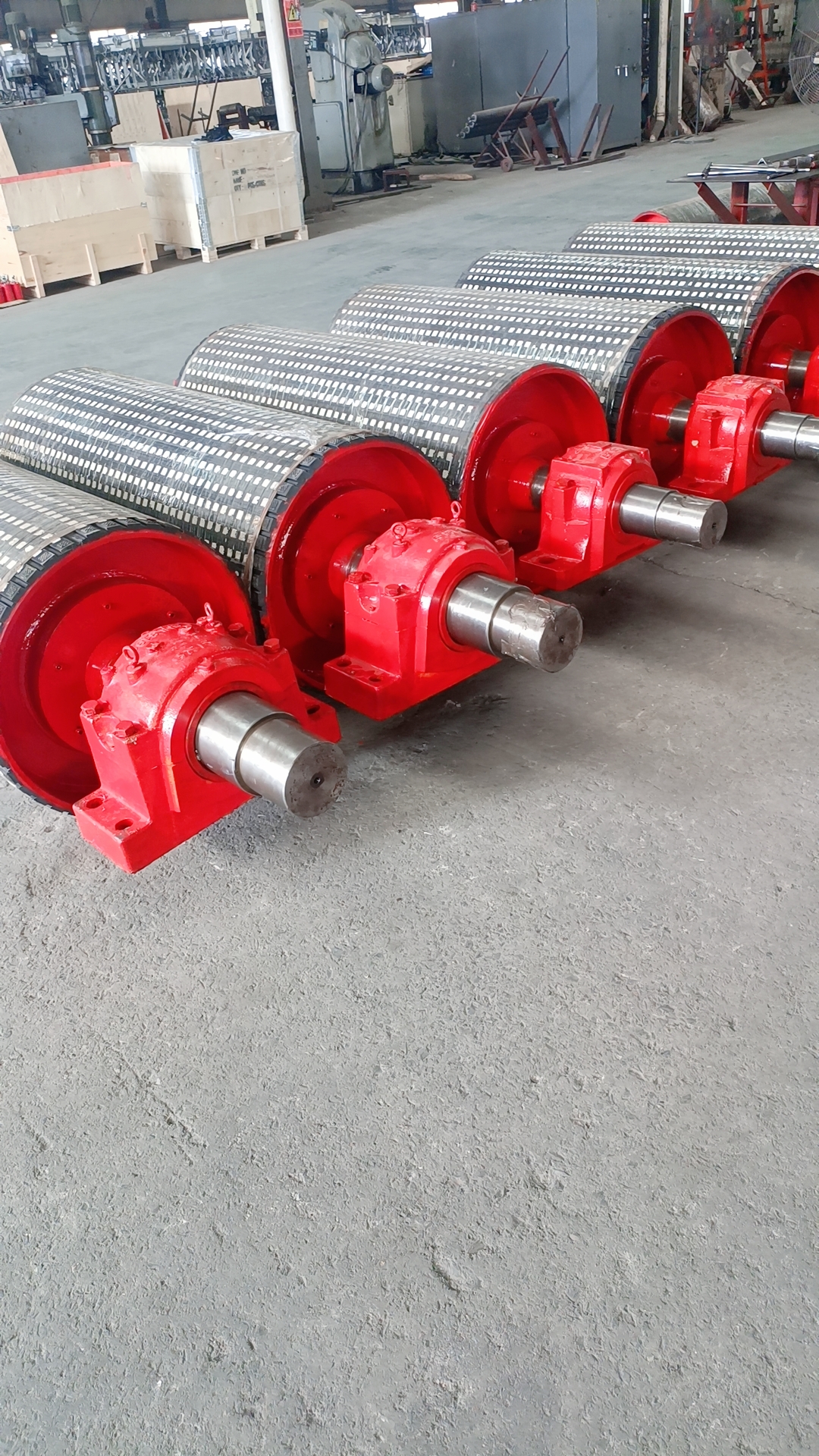 Afrikaans
Afrikaans  Albanian
Albanian  Amharic
Amharic  Arabic
Arabic  Armenian
Armenian  Azerbaijani
Azerbaijani  Basque
Basque  Belarusian
Belarusian  Bengali
Bengali  Bosnian
Bosnian  Bulgarian
Bulgarian  Catalan
Catalan  Cebuano
Cebuano  Corsican
Corsican  Croatian
Croatian  Czech
Czech  Danish
Danish  Dutch
Dutch  English
English  Esperanto
Esperanto  Estonian
Estonian  Finnish
Finnish  French
French  Frisian
Frisian  Galician
Galician  Georgian
Georgian  German
German  Greek
Greek  Gujarati
Gujarati  Haitian Creole
Haitian Creole  hausa
hausa  hawaiian
hawaiian  Hebrew
Hebrew  Hindi
Hindi  Miao
Miao  Hungarian
Hungarian  Icelandic
Icelandic  igbo
igbo  Indonesian
Indonesian  irish
irish  Italian
Italian  Japanese
Japanese  Javanese
Javanese  Kannada
Kannada  kazakh
kazakh  Khmer
Khmer  Rwandese
Rwandese  Korean
Korean  Kurdish
Kurdish  Kyrgyz
Kyrgyz  Lao
Lao  Latin
Latin  Latvian
Latvian  Lithuanian
Lithuanian  Luxembourgish
Luxembourgish  Macedonian
Macedonian  Malgashi
Malgashi  Malay
Malay  Malayalam
Malayalam  Maltese
Maltese  Maori
Maori  Marathi
Marathi  Mongolian
Mongolian  Myanmar
Myanmar  Nepali
Nepali  Norwegian
Norwegian  Norwegian
Norwegian  Occitan
Occitan  Pashto
Pashto  Persian
Persian  Polish
Polish  Portuguese
Portuguese  Punjabi
Punjabi  Romanian
Romanian  Russian
Russian  Samoan
Samoan  Scottish Gaelic
Scottish Gaelic  Serbian
Serbian  Sesotho
Sesotho  Shona
Shona  Sindhi
Sindhi  Sinhala
Sinhala  Slovak
Slovak  Slovenian
Slovenian  Somali
Somali  Spanish
Spanish  Sundanese
Sundanese  Swahili
Swahili  Swedish
Swedish  Tagalog
Tagalog  Tajik
Tajik  Tamil
Tamil  Tatar
Tatar  Telugu
Telugu  Thai
Thai  Turkish
Turkish  Turkmen
Turkmen  Ukrainian
Ukrainian  Urdu
Urdu  Uighur
Uighur  Uzbek
Uzbek  Vietnamese
Vietnamese  Welsh
Welsh  Bantu
Bantu  Yiddish
Yiddish  Yoruba
Yoruba  Zulu
Zulu Choosing the Right Rollers for Plastic Pipe Installation and Handling
The Importance of Plastic Pipe Rollers in Modern Construction
In modern construction and plumbing, efficiency and precision are paramount. One of the tools that have been instrumental in achieving these goals is the plastic pipe roller. Designed specifically for handling plastic pipes, these rollers play a vital role in various applications, from residential plumbing to large-scale industrial projects. This article explores the significance, functionality, and advantages of plastic pipe rollers in the construction industry.
Understanding Plastic Pipe Rollers
Plastic pipe rollers, also referred to as pipe rollers or pipe stands, are specialized tools used to facilitate the movement and installation of plastic pipes effectively. They are typically made from durable materials that can support the weight of the pipes while providing a smooth surface for rolling. This design minimizes friction, allowing for both ease of handling and reduced risk of damaging the pipes.
Applications in Construction
In construction sites where plastic pipes are commonly used, such as PVC (polyvinyl chloride) and HDPE (high-density polyethylene) pipes, plastic pipe rollers are essential. They are primarily used during the installation of plumbing systems, drainage solutions, and various piping networks. By providing a stable platform for the pipes, rollers help workers maneuver long and heavy plastic pipes with greater ease, preventing bending or breaking during transport.
Additionally, plastic pipe rollers are invaluable when it comes to assembling pipeline systems
. They can support pipes at different angles, enabling workers to make accurate connections and modifications without the hassle of lifting heavy materials. This adaptability speeds up the installation process, which is crucial in both time-sensitive and budget-conscious projects.Advantages of Using Plastic Pipe Rollers
plastic pipe rollers

1. Efficiency One of the most significant advantages of employing plastic pipe rollers is the marked increase in efficiency during the installation process. Instead of manually lifting and positioning pipes, workers can roll them into place. This not only saves time but also reduces the physical strain on laborers.
2. Safety Handling large pipes can pose significant safety risks, including accidents leading to injuries. By utilizing pipe rollers, workers can minimize the need for awkward lifting and reduce the risk of accidents. Properly designed rollers can also prevent pipes from rolling away unintentionally, enhancing workplace safety.
3. Damage Prevention Plastic pipes, particularly those made of PVC or HDPE, can be susceptible to scratches, dents, and other types of damage. Pipe rollers reduce the risk of such damage by providing a soft and stable surface that allows pipes to roll instead of sliding or dragging, which could mar their surface.
4. Versatility Plastic pipe rollers come in various sizes and designs to accommodate different pipe diameters and weights. This versatility makes them a valuable addition to any construction toolkit. Some models even incorporate adjustable features or locking mechanisms, allowing for customization based on specific project needs.
5. Cost-Effectiveness While the initial investment in quality plastic pipe rollers may seem substantial, they ultimately lead to cost savings. By speeding up installation times and reducing the likelihood of pipe damage, contractors can complete projects more efficiently and at lower costs.
Conclusion
As construction practices continue to evolve, so too do the tools and equipment that support them. Plastic pipe rollers have emerged as essential aids in the efficient handling and installation of plastic piping systems. Their ability to enhance workplace safety, increase efficiency, and prevent damage to materials cannot be overstated. For contractors and plumbers striving to complete projects on time and within budget, investing in high-quality plastic pipe rollers is a wise decision that will pay dividends in both productivity and safety. As we move forward, it is clear that such tools will remain integral to the success of modern construction.
-
Revolutionizing Conveyor Reliability with Advanced Rubber Lagging PulleysNewsJul.22,2025
-
Powering Precision and Durability with Expert Manufacturers of Conveyor ComponentsNewsJul.22,2025
-
Optimizing Conveyor Systems with Advanced Conveyor AccessoriesNewsJul.22,2025
-
Maximize Conveyor Efficiency with Quality Conveyor Idler PulleysNewsJul.22,2025
-
Future-Proof Your Conveyor System with High-Performance Polyurethane RollerNewsJul.22,2025
-
Driving Efficiency Forward with Quality Idlers and RollersNewsJul.22,2025





























